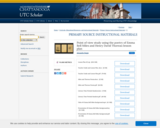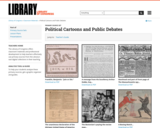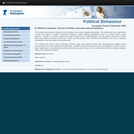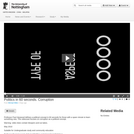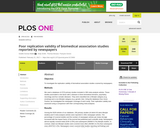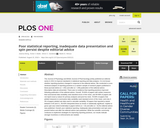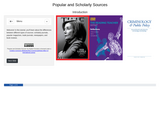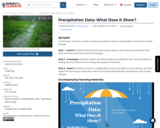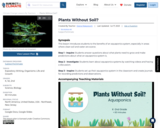
SYNOPSIS: This lesson introduces students to the benefits of an aquaponics system, especially in areas where clean soil and water are scarce.
SCIENTIST NOTES: This lesson demonstrates the importance of sustainable agriculture and how gardening without soil can provide positive results. This is a hands-on activity for students to engage in gardening. Aquaculture and hydroponics are discussed in good detail. All the materials featured in the lesson have been verified, and this lesson is recommended for teaching.
POSITIVES:
-This lesson creates a collaborative learning environment as students engage with a variety of science and engineering practices.
-Connections are made between the school garden in NJ and other locations where gardening may be difficult for a variety of environmental reasons.
-Project-based learning and hands-on activities promote engagement and participation from all learners.
-This lesson features vocabulary development which broadens student understanding of the concept of aquaponics.
ADDITIONAL PREREQUISITES:
-The lesson takes ~60 minutes, but students will continue 10-15 minutes one day a week for recording observations in their digital or paper journals.
-Students will need a basic understanding of what seeds and plants need to grow and produce food.
-Additionally, students would benefit from an opportunity to plant seeds in soil and observe the life cycle from seed germination to food production prior to this lesson.
DIFFERENTIATION:
-If teaching remotely, students can have access to teacher slides and digital resources, including journals to participate from home.
-This lesson provides opportunities for students to learn about the topic using different modalities including visual, auditory, kinesthetic, and tactile.
-Groups of students with mixed abilities can collaborate on their journal definitions, predictions, and observations.
-Teachers can structure the learning around explaining or solving a social or community-based issue.
-An extension activity can be a salad party. After lettuce grows, students will have the opportunity to pick, wash, and taste their own lettuce.
- Subject:
- Biology
- Life Science
- Material Type:
- Lesson Plan
- Provider:
- SubjectToClimate
- Author:
- Elaine Makarevich
- Date Added:
- 06/30/2023

